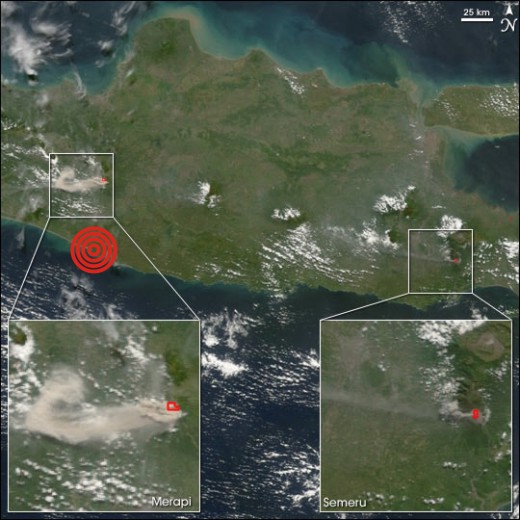Head over to the the third edition of What’s Up, Postdoc? for more musings from us poor and downtrodden postdocs and PhDs. You could also go and read my latest column at Naturejobs while you’re at it – it will salve those of you eager for some thoughts on life in Jo’burg (of which more are forthcoming, honest).
The Authors
Search this blog
Categories
Archives
-
Recent Posts
- No chatbots please, we’re scientists
- Golden spike or no golden spike – we are living in the Anthropocene
- We are late bending the climate change curve – but bending it still matters
- The changing picture of the Martian core
- Rivers might not need plants to meander
- Has Earth’s mantle always worked like it does today?
- How the UK’s tectonic past is key to its seismic present
- A new recipe for Large Igneous Provinces: just add BIF, then wait a couple of hundred million years
-
Recent Comments
For lot's more videos on soil moisture topics, see Drs Selker and Or's text-book support videos https://www.youtube.com/channel/UCoMb5YOZuaGtn8pZyQMSLuQ/playlists
[…] Announcing STORMS | Highly Allochthonous on Recent News […]




Nice plan for content warnings on Mastodon and the Fediverse. Now you need a Mastodon/Fediverse button on this blog.